2.54 Screw terminal blocks are a really convenient way to wire up devices without the need to solder a port or a jack connector.
However, with all their convenience, how reliable are screw terminal blocks really? Are they suitable for industrial-grade time use, i.e. 24/7/365 when the connected cables are allowed to dangle and sway a little bit?
A "little bit" in this case can be thought of as "how much a loose hanging Ethernet cable would sway inside a (non-technical) room where there is an occasional draft from door opening or a person passing nearby."
EDIT: Clarification - as pointed out by multiple commenters below, I should have said "terminal blocks" instead of "screw terminal"

